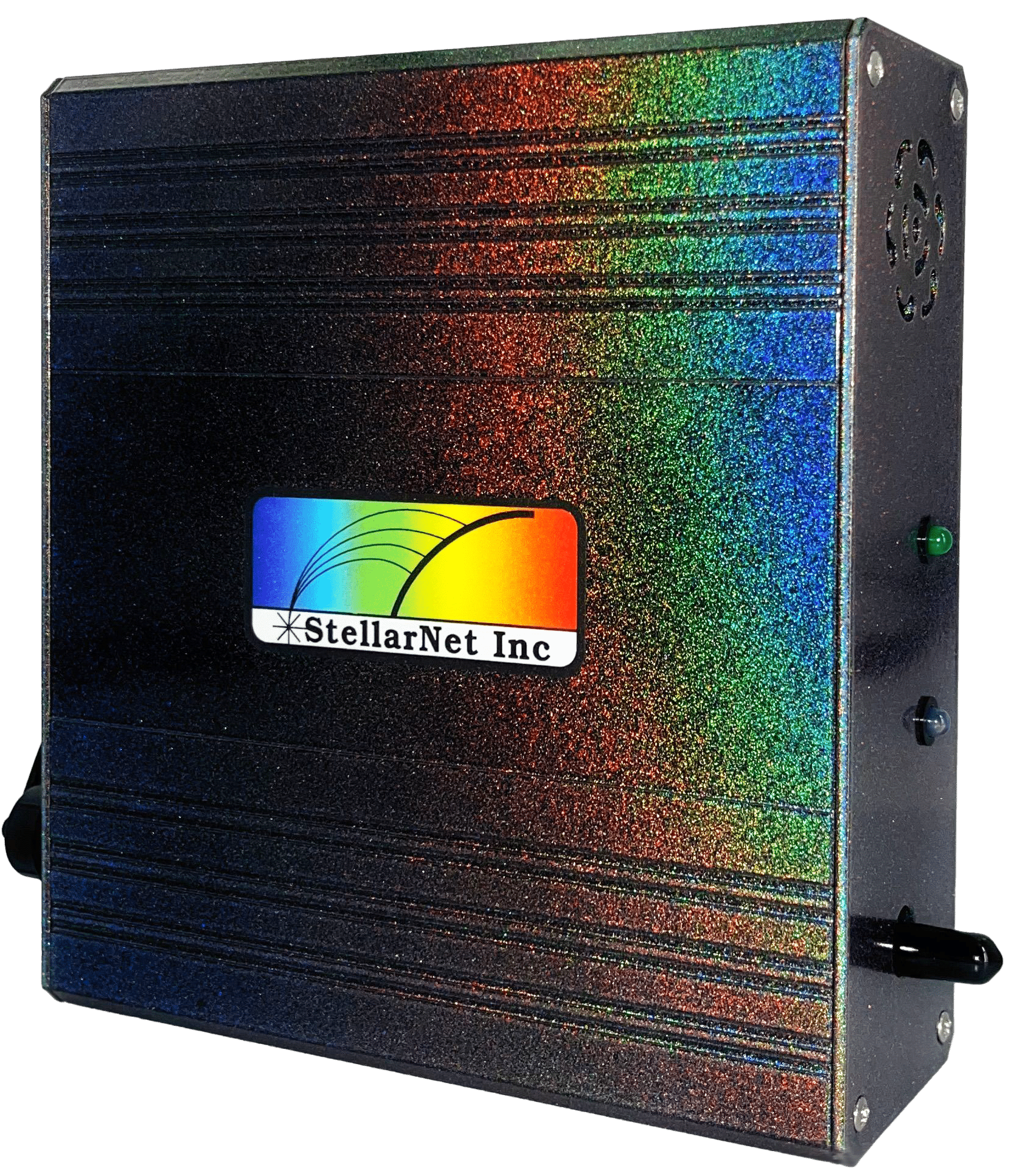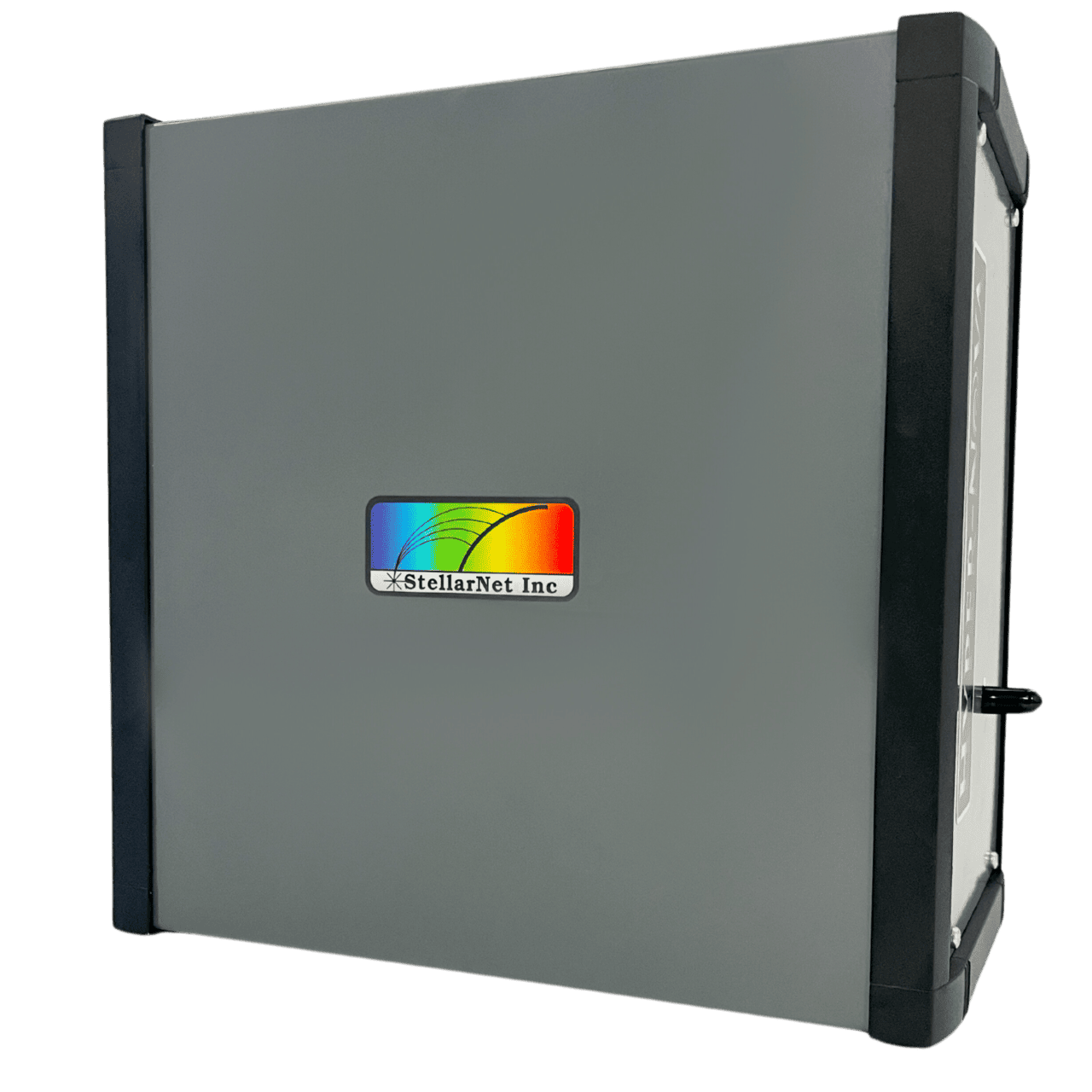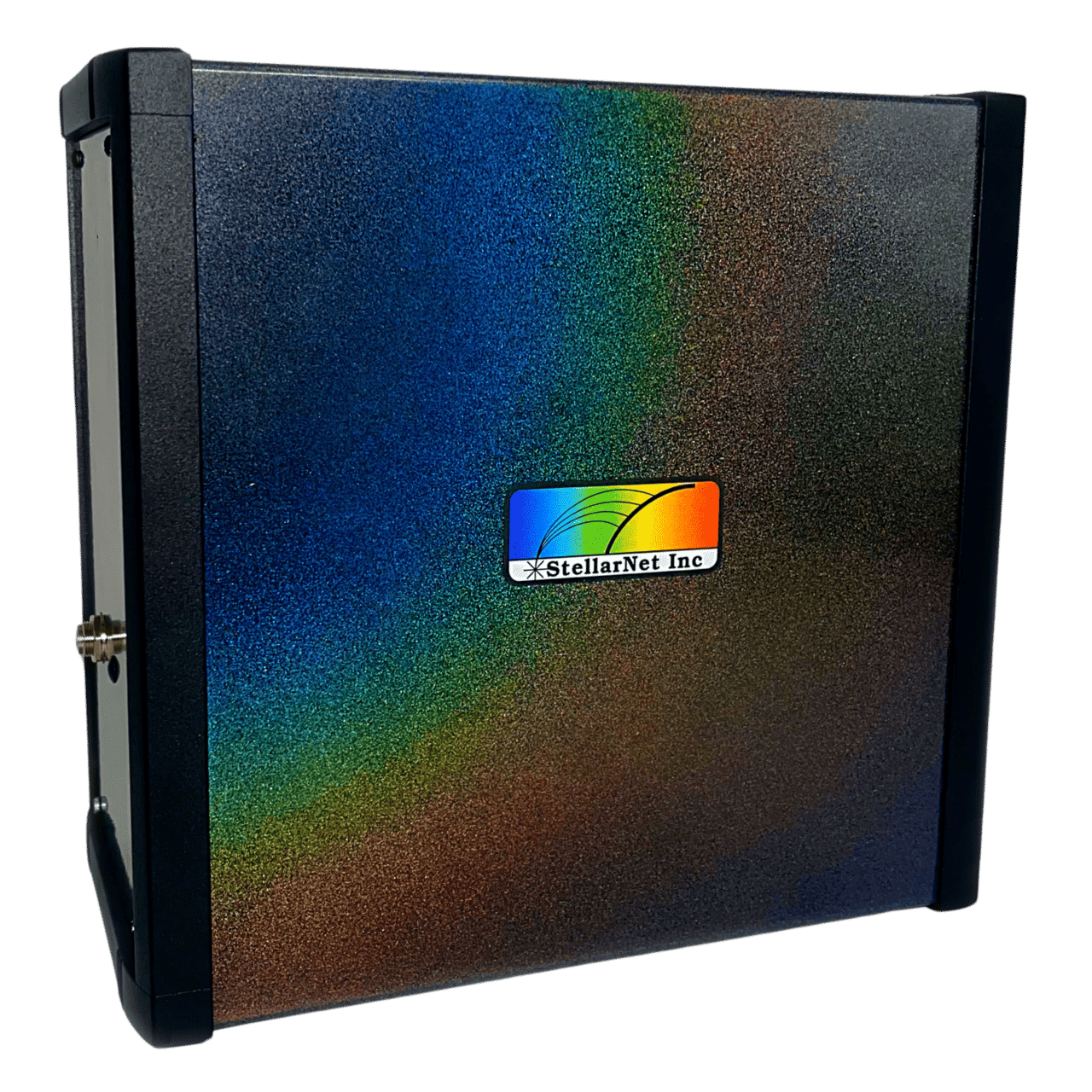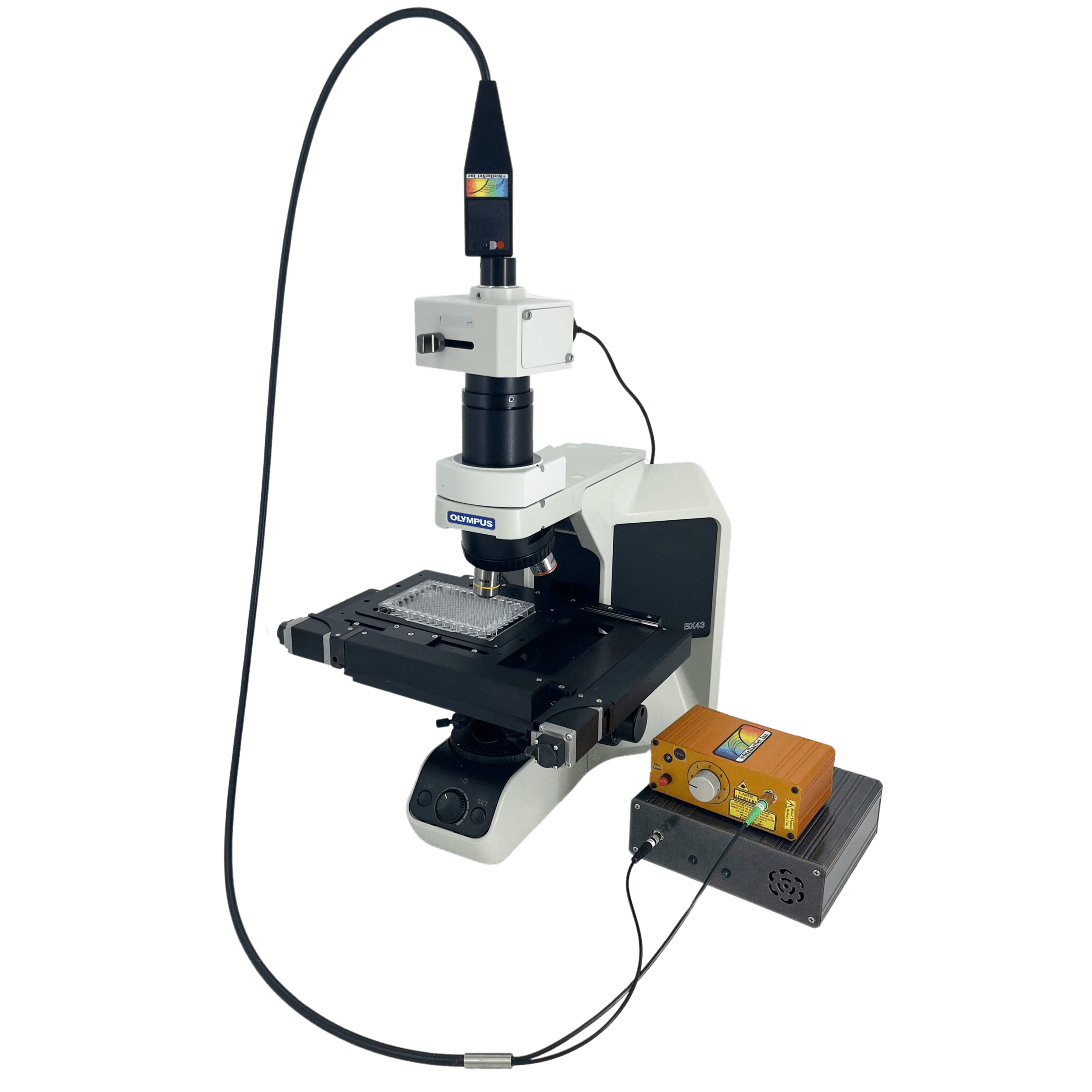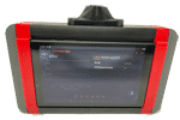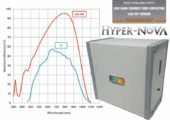
The use of a 1064 nm laser in Raman spectroscopy offers several distinct advantages, especially when used in certain applications. These advantages stem from the specific characteristics of this longer wavelength when comparing more commonly used wavelengths like 532 nm or 785 nm.
Key Advantages of Using a 1064 nm Laser for Raman Spectroscopy
Reduced Fluorescence Interference: The most significant advantage of using 1064 nm Raman is the reduction or elimination of fluorescence, which can overwhelm the Raman signal at shorter wavelengths (such as 405 nm, 532 nm, or 785 nm). Many organic and biological samples, dyes, or pigments exhibit strong fluorescence under visible or shorter wavelength near-infrared (785 nm) excitation. The 1064 nm wavelength, being of a longer near-infrared range, excites fewer fluorescence effects, leading to cleaner Raman spectra with less background signal to compete with the desired Raman scatter.
Improved Signal for Dark or Colored Samples: 1064nm lasers’ photons have less energy than the photons of shorter wavelength lasers, which makes them ideal for dark or highly pigmented samples, which often absorb visible light and cause significant fluorescence or heat generation. For samples like carbon-based materials (e.g., graphite, coal, carbon black), inks, or dark polymers, shorter wavelengths can cause excessive absorption and fluorescence. 1064 nm excitation can penetrate these materials without producing excessive heat or fluorescence, allowing for improved Raman signal collection.
Reduced Sample Degradation: Since 1064 nm lasers operate in the near-infrared region, they are less likely to cause photodegradation or thermal damage to sensitive or delicate samples. Biological samples, polymers, or materials sensitive to high-energy photons can degrade when exposed to shorter wavelength lasers. 1064 nm excitation delivers lower energy photons, minimizing the risk of damaging the sample during analysis.
Deeper Penetration Depth: The 1064 nm wavelength can penetrate deeper into certain samples, which can be useful for bulk analysis or for investigating layers beneath the surface of the material. For certain applications, such as analyzing the interior of a material or bulk samples, the longer wavelength offers greater depth of penetration compared to shorter wavelengths that primarily focus on surface features.
Minimized Sample Heating: The lower energy of 1064 nm photons means there is less risk of heating the sample compared to shorter wavelength lasers like 405 nm, 532 nm, or 633 nm. For heat-sensitive samples, such as certain organic compounds, polymers, and biological materials, using a 1064 nm laser helps avoid the thermal degradation that could affect the integrity of the sample and alter its Raman signal.
Compatibility with a Wider Range of Samples: 1064 nm lasers are better suited for analyzing a broader range of sample types, particularly those prone to fluorescence, such as pharmaceuticals, foods, or pigments. This comprehensive sample compatibility makes 1064 nm Raman spectroscopy highly versatile for industries like pharmaceuticals, forensics, and materials science, where samples can vary widely in composition and response to different wavelengths.
Better for Complex Organic Molecules: Complex organic molecules, such as those found in certain drugs, biological materials, and natural products, often exhibit high fluorescence under shorter wavelengths but perform well with 1064 nm excitation. In fields such as pharmaceuticals, where organic molecules need to be analyzed without interference, the use of 1064 nm can produce clearer, more interpretable Raman spectra.
Disadvantages to Consider
Weaker Raman Signal: The intensity of the Raman scattering decreases as the excitation wavelength increases. So, the 1064 nm laser generates a weaker Raman signal compared to shorter wavelengths, which may require higher wattage lasers, longer acquisition times, or more sensitive detectors.
More Expensive Equipment: 1064 nm Raman systems tend to be more expensive due to the need for specialized optics and detectors that can handle infrared wavelengths.
How the Quasar-1064 nm Can Help
The use of a 1064 nm laser in Raman spectroscopy provides significant advantages in reducing fluorescence interference, minimizing sample degradation, and improving signal quality for dark, colored, or complex organic materials. This makes it an excellent choice for applications in industries such as pharmaceuticals, forensics, and materials science, particularly when analyzing samples that are problematic with shorter wavelengths.
Our Quasar-1064nm, NIR Raman Spectrometer is part of our StellarElite™ line of high performance spectrometers and addresses both disadvantages! It has f/2 transmission grating optics that provide a whopping 10 times optical gain, making it super sensitive and precise for Raman spectroscopy. This translates into taking spectroscopic measurements 10x faster, reducing noise, and increasing detection limits astronomically. A game-changer for scientific research and industrial use! The new Quasar optical system elevates StellarNet’s no-maintenance Raman spectroscopy systems to higher performance levels while maintaining a compact and rugged form factor at an unrivaled low cost price point.
For more information about the Quasar-1064nm Raman Spectrometer or to schedule a demonstration, please contact us here:

